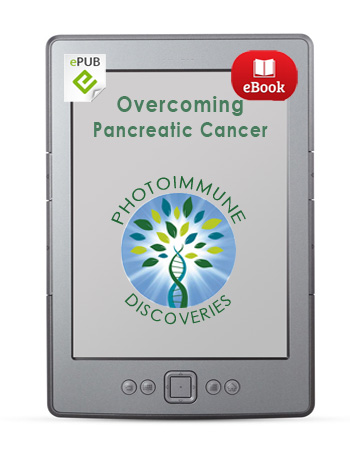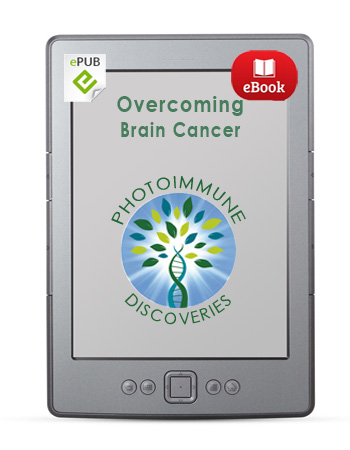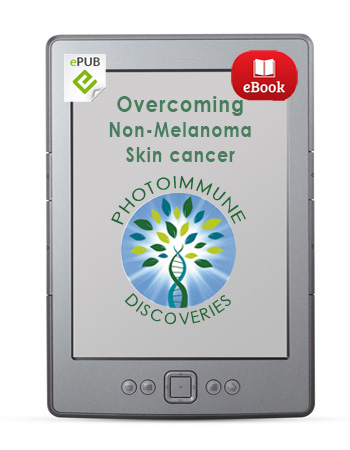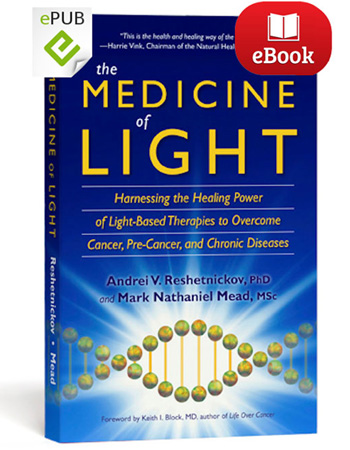Description
Overcoming Psoriasis
The Promise of Phototherapy, Photodynamic Therapy, and Other Innovative Treatment Options
Psoriasis is one of the most common skin diseases in the world, affecting hundreds of millions of people each year. Over 125 million people living in Europe, Japan, and the United States have the condition, which can occur at any age and which affects men and women alike. This chronic, debilitating skin disease has been linked to certain abnormalities in the immune system, and this is where natural strategies including nutrition and other lifestyle changes can play an important therapeutic role.
Overcoming Psoriasis: The Promise of Phototherapy, Photodynamic Therapy, and Other Innovative Treatment Options,highlights a new approach to psoriasis, one rooted in the astounding therapeutic potential of Photomedicine (light-based medicine). Though the therapeutic applications of light date back thousands of years, it is only within the past few decades that high-tech developments in laser technology as well as non-laser light have enabled the medical profession to realize the true healing potential of light.
Overcoming Psoriasis is divided into four parts: (1) Understanding and Treating Psoriasis; (2) The Photomedical Approach to Psoriasis; (3) Promising Research Directions; and (4) Long-Term Control: Lifestyle Factors for Preventing Recurrences and Sustaining Remissions. Parts 2 and 3 will likely attract the greatest attention, as these parts highlight the various applications of Photomedicine while also explaining how these applications can be used enhance conventional treatment strategies.
Part 1 lays out the basics of psoriasis, include its signs and symptoms, as well as its more unusual manifestations, such as psoriatic arthritis. Causes and risk factors such as diet, alcohol, obesity and smoking, are also discussed. A special section explores the relationships between psoriasis and three major diseases of our time: cancer, diabetes, and heart disease.
The treatment section discusses the various drugs for managing psoriasis. Topical treatments are the most common, and these are sometimes combined with phototherapy as well as systemic medications such as steroid drugs. Part 1 concludes with a discussion of topical and systemic treatments. More severe cases of psoriasis typically warrant the use of systemic treatments, which are taken orally. Among the more common choices are oral retinoids, methotrexate, cyclosporine, and biological agents that can significantly impact other bodily systems. Let’s consider some of these medications, as well as their pros and cons.
Parts 2 and 3 focus primarily on various light-based therapies and how these can be used in conjunction with conventional treatments. These days, physicians use a combination of psoralen and ultraviolet-A (UVA) light therapy to treat the localized forms of psoriasis. For the more diffuse manifestations of this disease (i.e., those affecting larger areas of the body), ultraviolet-B (UVB) light therapy is considered to be the “gold standard” treatment of choice.
Here is an except from the book:
“Both UVA and UVB can be obtained by sunbathing; however, whereas UVA can be transmitted through glass, UVB requires direct, outdoor exposure to the sunlight. In either case, when the appropriate ultraviolet radiation from the sun strikes the psoralen in a patient’s skin, the white patches and other skin problems of vitiligo diminish, or disappear completely.
“These days, psoralens continue to be used as part of light therapy for psoriasis, vitiligo, and other skin problems. The modern approach is known as photochemotherapy—quite a fancy term when you consider the treatment’s ancient, humble origins. The first modern application of psoralen-based photochemotherapy was in Egypt in 1948, using a purified 8-methoxypsoralen followed by sunlight exposure…
“We previously mentioned the concept of photochemotherapy. In modern times, this approach consists mainly of an oral synthetic psoralen (8methoxypsoralen) and subsequent exposure to long-wave ultraviolet light radiation (PUVA). Instead of using artificial UVA lighting, however, PUVA can also be carried out with the help of sunlight. When sunlight is used as a light source, the approach is referred to as “photochemotherapy using natural sunlight,” or PUVAsol.
“PUVAsol has been reported as a satisfactory treatment for psoriasis and may be a more convenient option than PUVA, due to the ready availability of sunlight in many parts of the world. The approach is particularly popular in India.”
In addttion, Part 2 explores the use of Photodynamic Therapy (PDT) as a treatment for psoriasis. PDT is classified as separate from PUVA, in which psoralen is applied or taken orally to sensitize the skin, then the skin is exposed to UVA. However, the basic principle behind PUVA is very similar to PDT, because both approaches use a light-sensitizing substance to amplify the therapeutic impact of light.
As this ebook documents, PDT appears to be less effective against psoriasis when compared to PUVA. A recent systematic review identified 23 studies to evaluate the efficacy of PDT, PUVA, and targeted UVB for the treatment of localized psoriasis. The primary outcome was a 75% reduction in severity score from baseline. The meta-analysis found topical PUVA to be about 3.5 times more effective than non-laser targeted UVB.
The researchers concluded that topical PUVA and targeted UVB phototherapy were very effective in the treatment of localized psoriasis, whereas PDT had less efficacy and more side effects. The main finding was that topical PUVA had the greatest efficacy of any treatment.
A more holistic orientation is embraced throughout this ebook. For example, therapies that help reduce anxiety and depression associated psoriasis maylead to significant reductions in the clinical severity of this skin disease. Part 4 considers how various dietary and lifestyle factors could make a difference in better controlling and possibly preventing this bothersome condition.






 English
English Français
Français Deutsch
Deutsch Nederlands
Nederlands